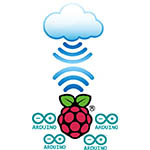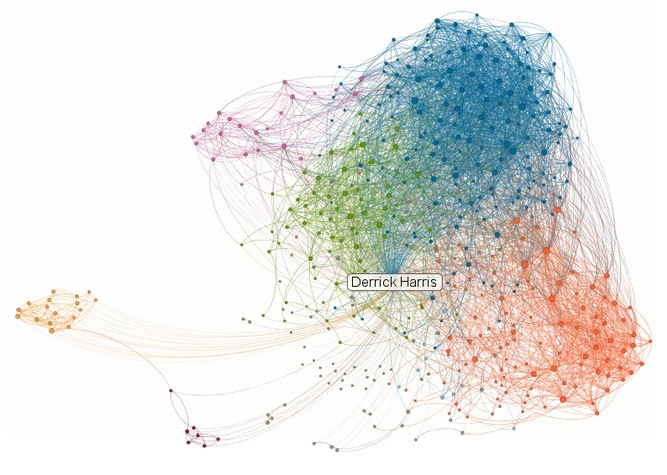CyanoTracker

|
CyanoTRACKER will address a significant environmental issue important to Georgia inland waters, namely, harmful algal blooms. Accurate, cost-effective and targeted monitoring of these events is pivotal as the frequency and magnitude of harmful algal blooms have grown, particularly in summer months due to the combination of high temperatures, run-off and drought. The group of researchers from Department of Geography and Department of Computer Science at The University of Georgia, Athens plan to use CyanoTRACKER and encourage the community to provide their observations regarding the quality of their lakes by sending trustworthy, actionable information via online social media platforms such as Facebook and twitter. Read more ... |
Internet of Things

|
The Internet of Things (IoT) paradigm relies on interconnected objects such as wireless sensor networks. Nowadays, the field of domain sensing gains popularity in its servitization aspect. In the current project, the RaspberryPi combined with different weather monitoring sensors which are integrated with the Arduino micro controllers are forming the objects of our IoT system and the data captured by the sensors are shared as service on a cloud-based network. We are building algorithms and techniques for data quality aware sensor feed discovery and data quality aware service composition. This project is funded by NSF grant. |
Activity Recognition System

|
This is an ongoing research being carried out by members of the Data Intensive and Pervasive Systems Lab at University of Georgia. The ubiquitous and pervasivness of mobile devices now a days have enabled many mobile applications in our lives. The Activity Recognition project focuses on recognition of human daily avtivities by utilizing top notch wearable devices to gather body activity as well as internal functionals such as heart rate. Such a system is crucial for health monitoring disabled individual, children and elder people. However the applications of such systems does not end here and there are a wide spectrum of usful applications. |
Big Graph Processing

|
Massive data sets can be modeled as networks where entities are represented with graph nodes and relationships among them are represented with graph edges. Recently, several novel systems have been designed to meet the challenges of these large scale graphs in the context of big data. In our projects, we work on different aspects of such systems with respect to important and interesting graph problems. Current projects are performance analysis of vertex centric graph processing clusters, dynamic graph partitioning, subgraph pattern matching, effective query processing on massive time involving graph, and caching techniques for pattern matching queries. |